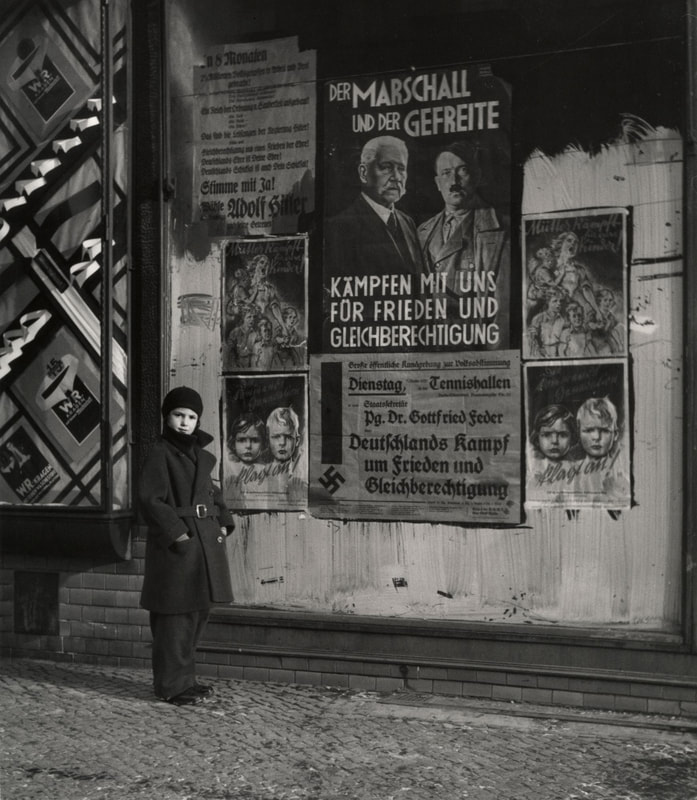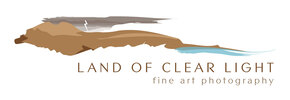 A Challenge: Can You Name Your Great Grandmother? When Roman Vishniac was arrested and interned in Vichy France, his wife and family got him out of the internment camp. He made his way to Lisbon as did so many refugees in 1940, and came, with his wife and children, to the United States. He had spent the previous three years photographing the Jewish people of Eastern Europe. He also saved a large body of other work, including hundreds of photographs of Berlin in the 1930s as it slid into the abyss of anti-Semitism and nazism and authoritarianism. Some of his negatives were smuggled to a friend in Cuba. More he left with his father, who spent the War hiding in France. His dad hid those negatives in walls and behind picture frames. Vishniac himself left Vichy France with negatives sewn into his clothes and taped to his body. If you own one or more of his photographs, it tells you and us something about who you are. What you care about. What you believe in. And it is a message for your descendants. An art collection of any kind does that. In our house we are privileged to live with trees that Eliot Porter photographed and dye printed. That reflects my family's love of trees, the birds who live in them, and worry about what climate change does to them and us. We wrote a few months ago about David Arrington who collects the works of Ansel Adams and deduced that he is a man who cares about wilderness. If you have a Karl Koenig print in your home it tells us not only that you appreciate art, but that you are unafraid of it. Our point in all this, as David Scheinbaum eloquently explains here, in his history of photography series, is that the art you have on your walls—the art you collect—says a great deal about who you really are. It expresses a truth about you. (We highly recommend the entire series. It is a wonderful and ongoing review of the history of photography.) For photographers, the work we collect for our own spaces is work that speaks to us emotionally; while, hopefully, inspiring us to do better work using visual language to express and share our deepest emotions. In our gallery you will find many landscape photographs. (And much more besides, but we'll limit this discussion to the landscape work.) The photographer Guy Tal captures our goals well, “We strive to give visual form to expressions and notions originating in our own minds, in our sincere and genuine emotions, in our most elevated experiences. . . .” The photographs are intended to be, and are, more than pretty pictures made at pretty places. And what, you may ask, does it say about you if the art in your living spaces is predominately landscape work? Let's start with the easy one: They may be photographs of places that mean a lot to you. Perhaps you remember a special vacations. Or the emotion you felt the first time you stood on a precipice at the Grand Canyon and looked into deep time. The first trip you took on your own; that list is endless, but the point is you have works of art that evoke emotions. At the very least, they stir memories of a significant time or event in your life. But something surprising happens with art: the longer you live with it, the more it means. It will take you to unexpected places if you let it; places within you that form a part of your truth, your understanding of what it is to be human. Perhaps you have a collection of photographs made in the American West. Wallace Stegner called the West, “The geography of hope.” That is an uplifting message about you. Perhaps you are fascinated by light. When the artist Wilson Hurley was eight years old his mother took him to the National Gallery of Art. He was transfixed by a single painting and, as soon as he got home, he got out his crayons to “make light come out of a piece of paper.” He spent the rest of his life painting landscapes, making light come out of paper. The art you live with may mean nothing more, or nothing less, that you love light and beauty. Imagine, if you will, what that will tell your descendants about you. Think for a moment. Can you recall the names of your great grandparents? Of their parents? Do you have photographs of them? What made them tick? Now fast forward one hundred years from now. Do you really believe that any of the digital photographs of you will still exist? Will your descendants have a clue what you looked like or what you did or what made you tick? Will they remember your name? They will, if you have left them your art collection. Physical artifacts of you will remain. What was important to you. And that art will not only tell them something important about you, it may teach them something important about them. Your art collection, which means so much to you (or will, if you are just getting started collecting) will be a gift to your loved ones as yet unborn. So, look up from your digital screen and look around you. What do you see on those walls? What does it say about you? What other art do you need to say what you want to say? January 21, 2021 Meteorological winter in the Northern Hemisphere begins on December 1st, rather than the Winter Solstice. The rivers of air in the upper atmosphere take on their winter characteristics. Out in the Eastern Pacific thunderstorms rise and affect the polar jet stream. Three weeks before the darkest days of the year, the weather responds as the earth continues its annual tilting away from the sun. Cold air above us turns rain into snow. This year we face winter in the middle of a pandemic so it is especially important to be slow, as the poet John O'Donohue bids us. This is the time to be slow. Lie low to the wall Until the bitter weather passes. Try, as best you can, not to let The wire brush of doubt Scrape from your heart All sense of yourself And your hesitant light. If you remain generous, Time will come good; And you will find your feet Again on fresh pastures of promise, Where the air will be kind and blushed with beginning. O'Donohue was an Irish poet and philosopher who died in 2008. According to his obituary he believed that it is within our power to transform our fear of death so that we need fear little else this life brings. The stress of modern life in the developed world he held to be the result of the absence in our lives of silence. Since we should be mostly staying at home while we await the forthcoming vaccine his poem is full of good advice for this winter and we offer it as our present to you this December.
1 Comment
|
AuthorHere you will find writings about photography. I write the newsletter for the Albuquerque Photographers'Gallery and will post those newsletters here as well. About once a month, you'll find musings and photography related news and views. Archives
November 2023
Categories |

 RSS Feed
RSS Feed